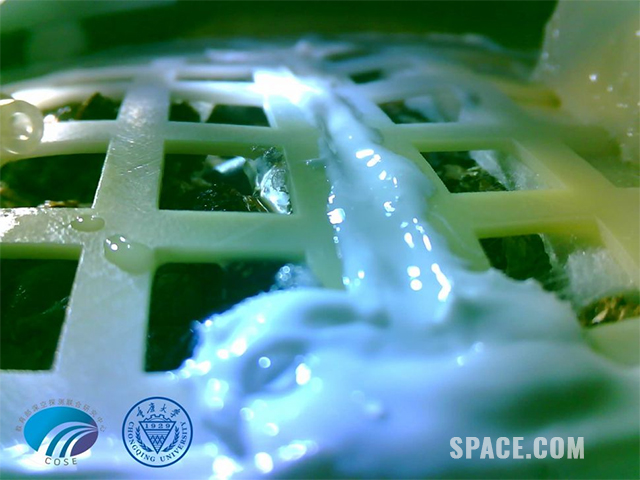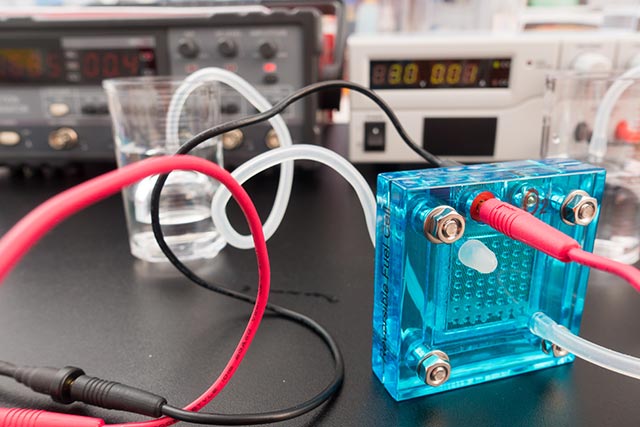Revolutionary diagnosis: A single blood test can now detect Lyme and other tick-borne diseases
03/07/2018 / By Edsel Cook

Testing methods for tick-borne diseases tend to be cumbersome, unreliable, specialized, or even nonexistent. That is, until a Science Daily article reported the recently-developed Tick-Borne Disease Serochip (TBD-Serochip) can accurately diagnose eight different tick-borne pathogens, including the bacterium responsible for the widespread Lyme disease.
The brainchild of a large team of researchers from the Centers for Disease Control and Prevention (CDC) and multiple universities, the new multiplex serological platform doesn’t just offer greater diagnostic accuracy than existing tick-borne disease (TBD) tests; it can also test for more than one pathogen at the same time.
This is a vast improvement over the currently cumbersome method used to test for Lyme disease. The standard diagnosis calls for two separate blood tests whose results are interpreted using subjective criteria. The accuracy rate is less than 40 percent and false positives show up 28 percent of the time.
Other blood tests for Anaplasma, Babesia, Ehrlichia, and Rickettsia pathogens also vary in accuracy depending on the laboratory performing the diagnosis. The potentially lethal Powassan and Heartland viruses can only be identified by specialized facilities, while other TBDs do not have specific blood tests.
TBDs are ticking upwards
Study co-author Dr. Rafal Tokarz warned that tick populations have spread across the U.S. More and more Americans have been getting sick after getting bitten by the blood-sucking insects. (Related: World’s next major health threat could be of the domestic variety: TICKS.)
His co-author, Dr. Nischay Mishra, cited statistics of approximately three million people who undergo TBD testing in the U.S. This number is potentially misleading, as there are more TBD cases that slipped under the radar.
According to Dr. Mishra, potential patients are rarely tested for more than one tick-borne agent, so the chances of detecting other TBDs are much lower. Furthermore, only a small proportion of positive cases get reported.
Therefore, Tokarz and Mishra worked on developing the TBD-Serochip, which can pick out the presence of antibodies from more than 170,000 individual protein fragments found in the blood. The very first version can diagnose eight tick-borne pathogens found in the U.S.:
- Anaplasma phagocytophilum (agent of human granulocytic anaplasmosis)
- Babesia microti (Babesiosis)
- Borrelia burgdorferi (Lyme disease)
- Borrelia miyamotoi
- Ehrlichia chaffeensis (human monocytic ehrlichiosis)
- Rickettsia rickettsii (Rocky Mountain spotted fever)
- Heartland virus
- Powassan virus
- Long Island tick rhabdovirus, a new virus found in Amblyomma americanum ticks
Furthermore, the serochip can be updated to look for newly-discovered TBDs. According to the researchers, updating the database will take less than a month.
The TBD-Serochip can also identify the presence of multiple tick-borne pathogens in an infected individual. This ability accounts for the fact that individual ticks often carry more than one pathogen.
For example, the black-legged tick (Ixodes scapularis) transmits six of the eight diseases listed above, including Lyme disease and the Powassan virus.
Patients suffering from Lyme disease have also been recorded as showing symptoms attributed to the presence of other tick-borne pathogens.
The serochip developers themselves have reported a 26-percent chance of running across signs of antibodies attributed to another pathogen in blood samples taken from TBD patients.
More than just a diagnostic tool
According to its developers, the TBD-Serochip is more than just a diagnostic platform for patients. It can also be utilized in general research of tick-borne illnesses.
The serochip can distinguish individual antibody responses in TBD patients. This ability allows researchers to look at the interaction of multiple pathogens during the course of the sickness.
It even gives a look at how the host’s immune system gets affected by the presence of a genetically-diverse group of TBD agents.
Visit Health.News for more stories about research breakthroughs in medicine.
Sources include:
Tagged Under: Babesiosis, black-legged tick, blood test, CDC, discoveries, Heartland virus, Lyme disease, Powassan virus, Rocky Mountain spotted fever, TBD-Serochip, tick bites, tick-borne diseases, ticks, Viruses




















